Business Overview
Structural Preservation Field
Bridges and road structuresWhat we do as a front-runner in bridge design
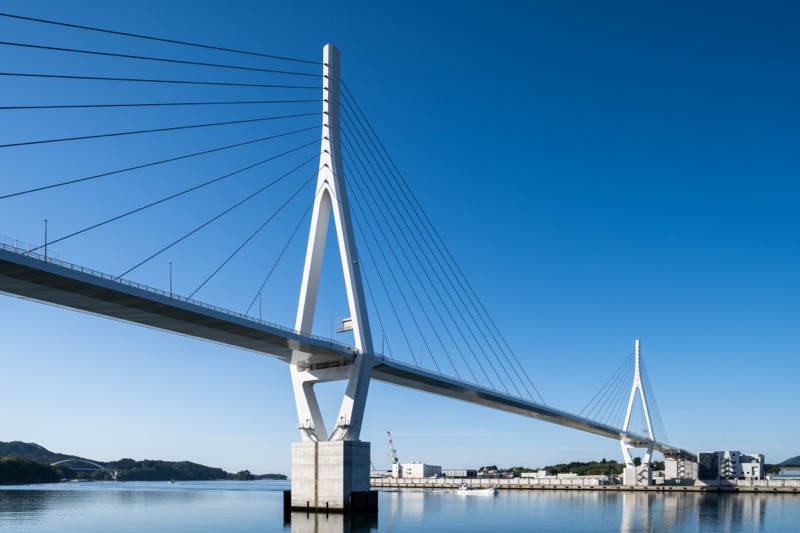
Using the design technologies that we have cultivated over the years as our foundation, we have engaged in the design of bridges and road structures with superior safety, durability, maintenance and management properties and appearance while taking into consideration the locality, environment, and required performance demanded by the times.
Going forward, as we continue to address challenges and threats faced by society, in addition to making full use of creative technologies such as those for bridge design, long-span special bridge design and earthquake-resistance design, we will develop advanced preservation technologies that make use of AI and robots, including those for maintenance and management and disaster prevention, in order to keep meeting the social need to enhance the efficiency of maintenance and management and national resilience, among other such needs.
Our Vision
Overwhelming reinforcement of brand technologies
- Further sophisticating long-span bridge design, earthquake resistance design for special bridges and earthquake resistance reinforcement design, which constitute our technologies of expertise
Establishment of differentiating technologies
- Striving to establish technologies that our competitors do not possess, such as those for whole-area disaster prevention, advanced preservation technologies, and resistance to the risk of excessive effects
Enhancement of quality and expansion of value-added
Our Track Record
-
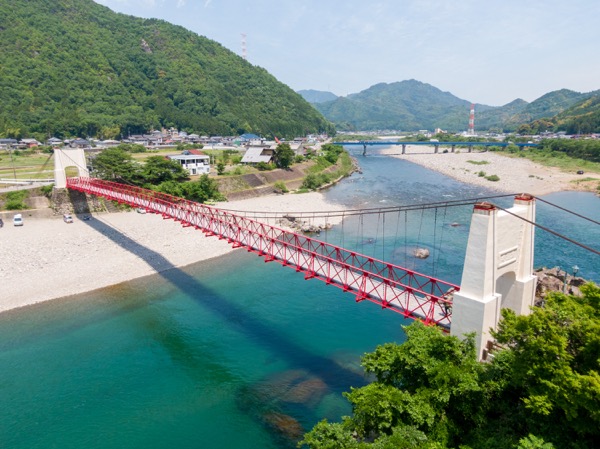
The Mino Bridge, which was designated as a National Important Culture Property for being Japan’s oldest modern suspension bridge
- Carried out 12 operations as of 2020 starting with the basic structural design for the preservation and repair of the Mino Bridge in 2012
- Received the 2021 JSCE Tanaka Award -
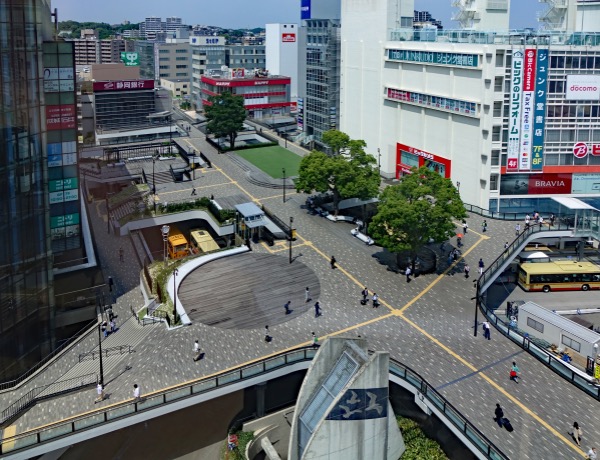
Fujisawa Station’s North Exit Pedestrian Deck, which was renovated using ideas for lightweightness
- Undertook consignment of backup design operations for the Fujisawa Station North Exit Pedestrian Deck Renovation in 2015
- Undertook consignment of improvement of quality of Fujisawa Station North Exit Pedestrian Deck in 2016
- Received the 2021 Excellence Prize, Civil Engineering Design Prize, JSCE
Social Creation Field
Roads, transportation, cities, urban development and the environmentBringing comfort and richness to society
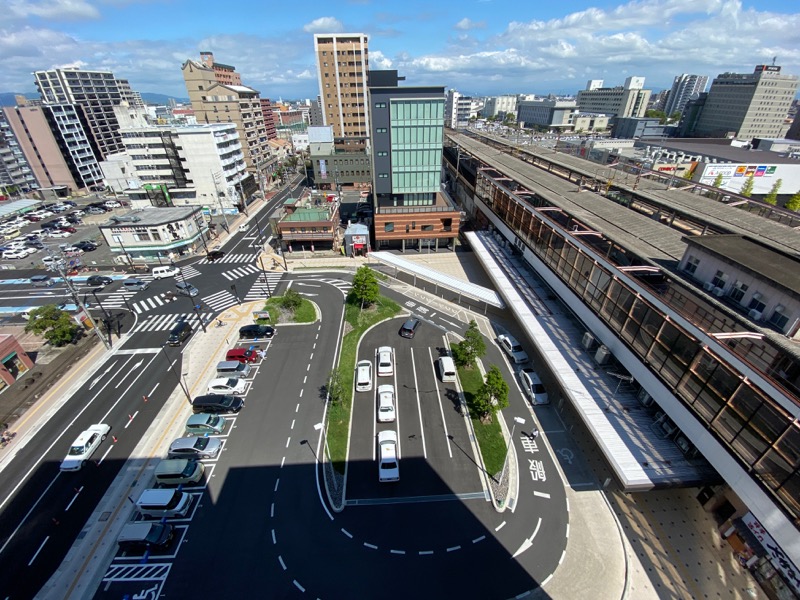
Japanese society is experiencing a progressively declining population due to its falling birthrate and graying population. As exhibited by the growing frequency and intensity of disaster response caused by climate change, the migration of people and things to regional living and industries and the acceleration of initiatives aimed at smart cities resulting from the forward development of ICT and other new technologies, the needs of society are also becoming increasingly diverse and complex.
Our Vision
Addressing regional issues with the use of local resources and information
- Generating bustle in cities using walkable space
- Tackling urban development and SDGs with a view to a decarbonized society
- Visualizing challenges and solutions with the use of digital data
Participating in projects for the redevelopment of cities and urban facilities
- Redeveloping station-front space and park space, which constitute urban centers
- Reorganizing public transportation facilities, which are highly sustainable as citizens’ means of transport
- Burying electric power lines in order to form cities resilient to disasters
Our Track Record
-
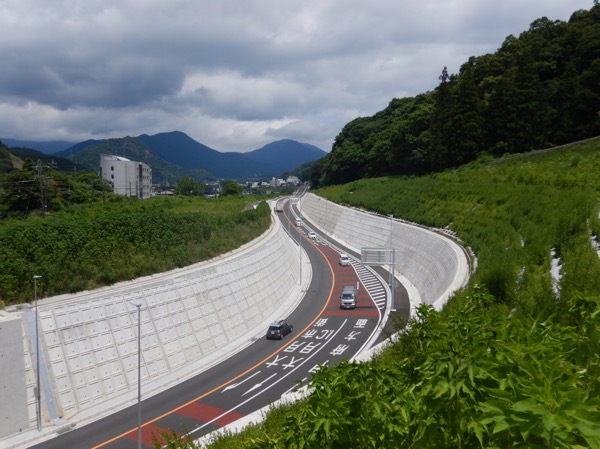
Bypass section put in service on an artery road with our involvement
- Bypass put in service to divert vehicular traffic from the existing road, creating expectations of mitigated traffic, fewer accidents and the generation of business through the utilization of the existing road space, among other effects -
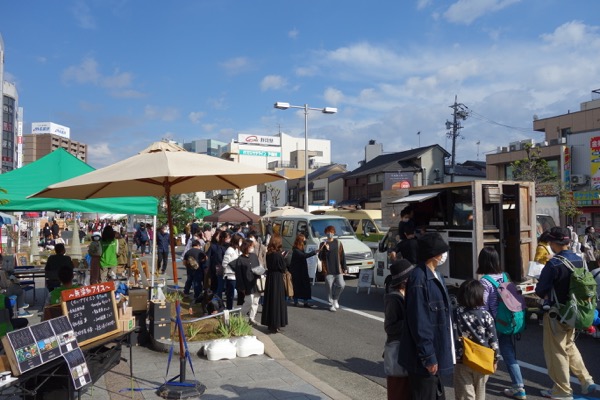
Social experiment for walkable space in the city through conversion of roads into those exclusively for pedestrian use
- Utilized urban assets such as roads, station-front plazas, parks and station-front buildings to create a compelling walking experience in the city
Planned social experiment for urban development purposes through diverse forms of collaboration between public and private sectors
National Land Conservation Field
Behavior measurement and dynamic analysis for rivers, sand control, ports, tunnels, sewerage, ground disaster prevention and the ground Geological risk, groundwater surveying and geophysical explorationRealizing safe and secure living in harmony with nature
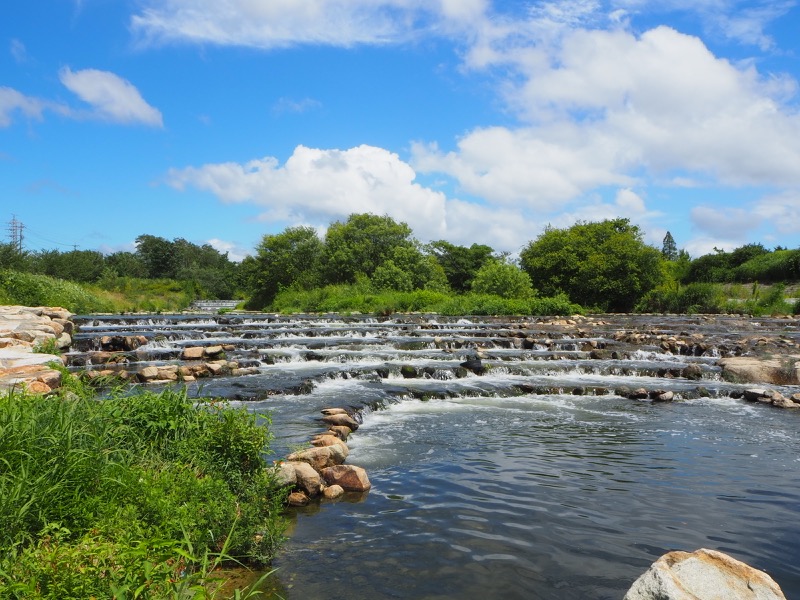
Water technologies
In recent years, typhoons and rain have become increasingly larger in size and volume, causing flooding and other forms of wind and water damage to occur across Japan. This in turn has wrought considerable damage on the lives of people. In our river, sand control, sewerage and port departments in the national land conservation field, based on our experience with disasters and associated scientific knowledge, we draw up flood control and irrigation plans and design disaster prevention facilities to stave off damage caused by natural disaster and assist citizens with their safe and secure living.
Soil technologies
In developing social capital, accurately ascertaining ground and underground conditions is imperative. Surveying and analyzing the likes of ground strength, the level and flow of groundwater and geological structure make it possible to evaluate ground stability and the impact of groundwater. In our construction business for the ground, slopes, tunnels and so forth, we address various issues concerning soil and bedrock by using advanced surveying and analysis technologies pertaining to topography, geology and groundwater to form a proper grasp of geological risk, implement measures to stabilize slopes, and design structures. In these and other ways, we contribute to the development of social capital that is in harmony with nature.
Disaster recovery technologies
In Japan, climate change has caused natural disasters to become stronger and more frequent, and has resulted in the occurrence of large numbers of unforeseen disasters. When disasters occur, we provide emergency deployment to handle emergency response measures and disaster recovery at the request of the national government or regional municipalities.
Going forward, in the wide range of domains that we oversee in the national land conservation field, we will continue to provide high-level services and value that tie into a sustainable future with the mission of safeguarding the forward development of communities and the stability of people’s lifestyles.
Our vision
Reinforcement of national land conservation technologies
Reinforcing national land conservation technologies by fusing Japan’s top level of ground surveying and analysis technology that we have accumulated up to this point with our experience and expertise in civil engineering design and the maintenance, management and inspection of civil engineering infrastructure
Provision of safe and secure living
Providing high-level services and value in the wide-ranging domains of rivers, sand control, sewerage, ports, tunnels, the ground and disaster prevention that tie into a sustainable future in order to realize protection from geological risk, environmental preservation and safe and secure living
Our Track Record
-
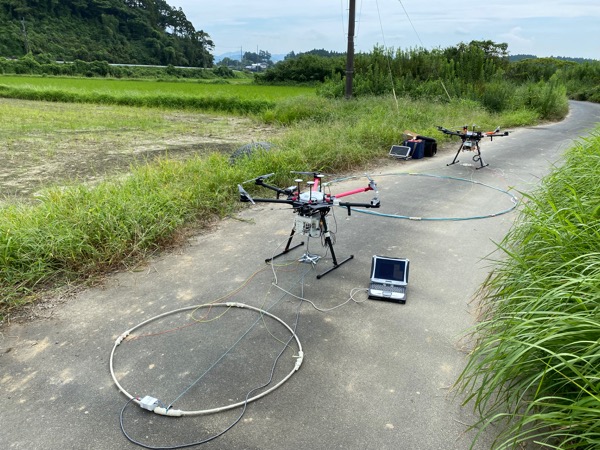
Airborne electromagnetic probing using two UAVs (World’s first attempt at use in actual operations!)
- Designed an increase in pumping station capacity to enable accommodation of an increase in localized heavy rain in recent years
- Designed repairs for securing the soundness of dilapidated tunnels
- The estimated scale of collapse using airborne electromagnetic probing with UAV in topographical, geological and hydrological surveys -
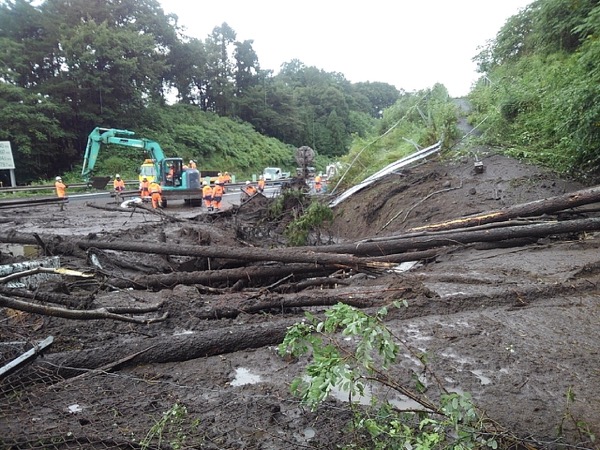
State of a survey of points of recovery from disaster along Chuo Expressway
- Survey design for points of emergency recovery from riverbank areas of Chuo Expressway
Energy Facility Field
Power generation facilities, waste storage, energy stockpiling and carbon neutralityWholly-unique element and analysis technologies for geology and the ground that speed up the national government’s energy policies
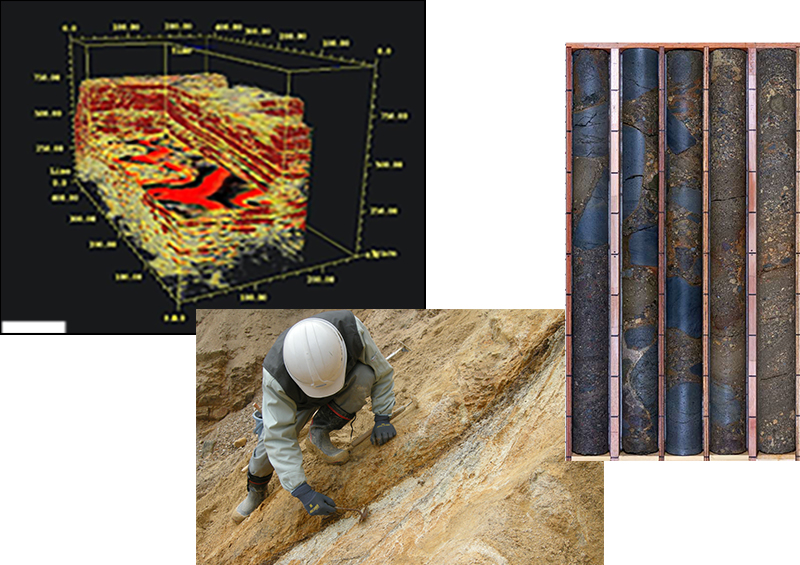
In order to accelerate the energy policies of the national government, safe facilities are a must. Likewise, in selecting the locations for and building those facilities, risk assessments through advanced geological surveying and analysis are imperative, as is the ongoing preservation of the resulting facilities. With our wholly-unique technologies centered on geological surveying, testing, observation and geophysical exploration, we contribute to projects in multiple energy facility fields in all processes from surveying to analysis.
Our Vision
Evolution of element technologies for geological risk assessment for the purpose of ground assessment and analysis at energy facilities
Developing engineers to uphold the next generation by passing on element technologies and developing new ones
Response aligned with the national government’s energy policies
Accelerating our response in line with amendments to energy policies and introducing technologies that are aligned with the latest knowledge
Further contributions to the realization of a carbon-neutral society
Leveraging cutting-edge element technologies to go beyond the fields of nuclear power and CCS and make forays into hydropower, wind power and other energy expansion fields
Our Track Record
-
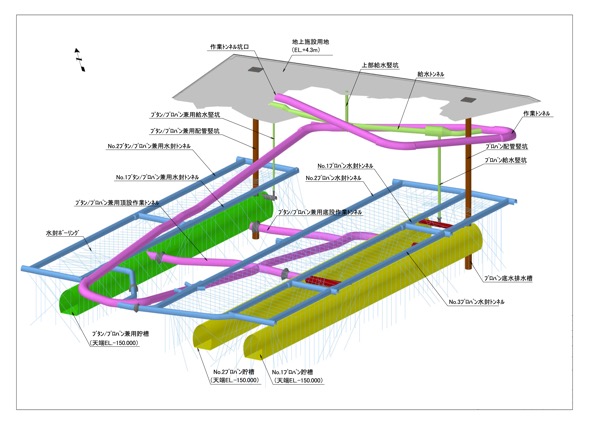
Overhead view of Namikata National Oil Gas Storage Base
- Evaluated geological risks for key facility
- Undertook maintenance and management operations in Namikata National Oil Gas Storage Base
(Materials courtesy of: Japan Organization for Metals and Energy Security (JOGMEC)) -
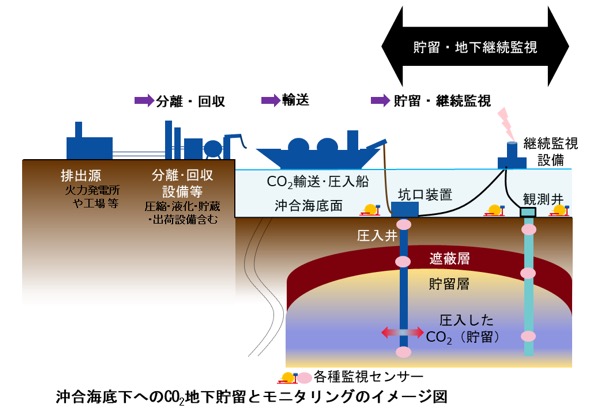
Image representation of integrated demonstration experiment assuming underground storage of CO2 under offshore seafloor
- Undertook commissioned operations for the project to establish an environmentally-friendly CCUS integrated demonstration site and supply chain (Demonstration of transport, storage and other technology)
New Domain Business Field
Onwards to the development of sustainable regions through renewable energy and collaboration between the public and private sectors
Through the implementation of a public-private collaboration PFI scheme that promotes regional revitalization through the local production of renewable energy for local consumption and the simultaneous realization of solutions for social challenges such as decarbonization and various regional issues, we will aim to develop sustainable regions.
Sustainable biomass energy business in collaboration with municipalities and local enterprises
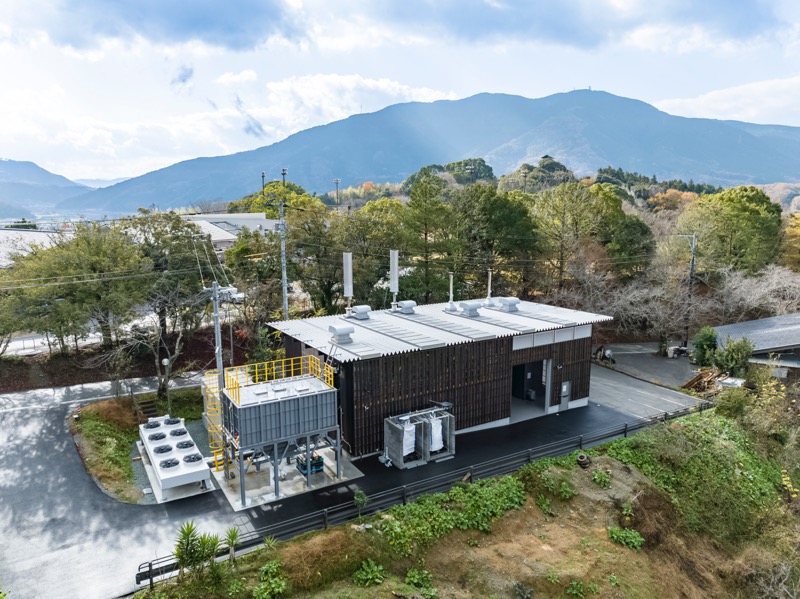
As a joint endeavor across five companies including ours, we established Uchiko Ryuo Biomass Energy Co., Ltd., which was followed by the opening of the “Uchiko Ryuo Biomass Power Plant” in the Town of Uchiko, Ehime. Using wooden pellets manufactured from unused forest thinnings as fuel, we engage in electricity selling operations as well as heat selling operations through the supply of heat generated upon generating electricity. In building the facility, we procured funds mainly from twenty local enterprises and adopted a CLT wooden architecture using locally-produced materials. In doing so, we aim for the facility to become a leading model for wood biomass power generation operations based on regional collaboration.
Akita Next-Generation Energy Consortium
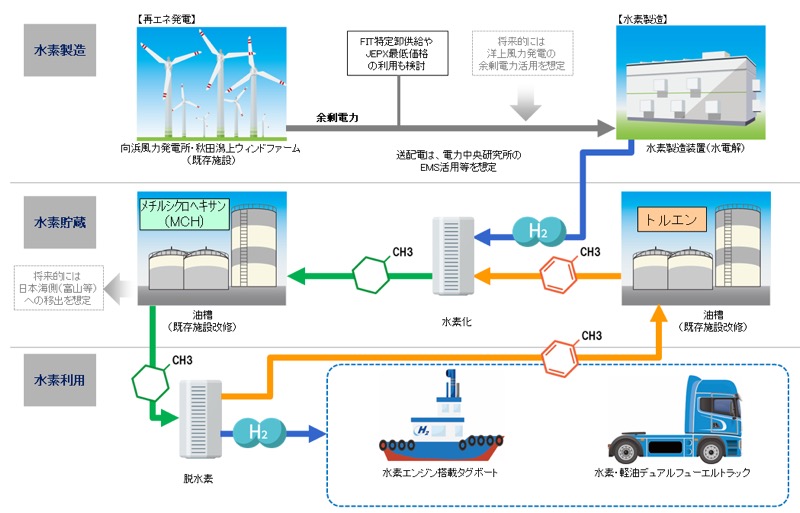
Aiming to establish a supply chain for next-generation energy such as hydrogen and ammonia in Akita Prefecture, we collectively established the “Akita Next-Generation Consortium” with five Akita-based enterprises and Akita University with us as the promotor of that establishment.
Through this consortium, we will conduct activities so that Akita becomes a next-generation energy supply center for Japan and a sustainable vibrant region that drives forward green energy in the nation.
Project to enhance the appeal of Asukayama Park
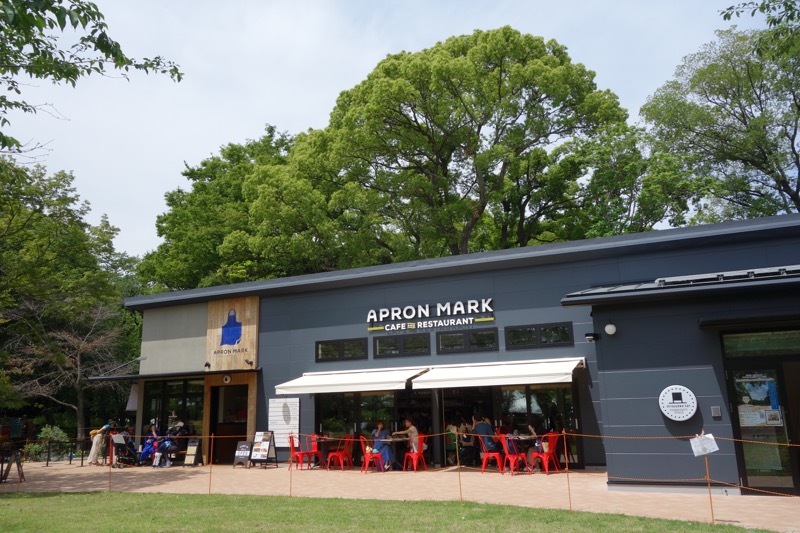
Asukayama Park, which is located in the Oji area of Tokyo’s Kita Ward, was designated as one of Japan’s very first parks in 1873, and has been a popular location since times of old. Under this project that we run, we utilize the P-PFI scheme to build new facilities and renovate existing ones in order to maximize the appeal of the park. The park’s “Restaurant-Kan” building, which contains F&B establishments and a community space, has been a bustling location used by numerous individuals since it opened in Spring 2023. Going forward, we will continue to elevate the excitement offered by the Oji area as a “local meeting place” where people come together and interact.
